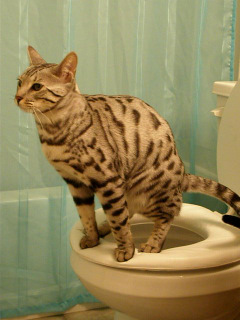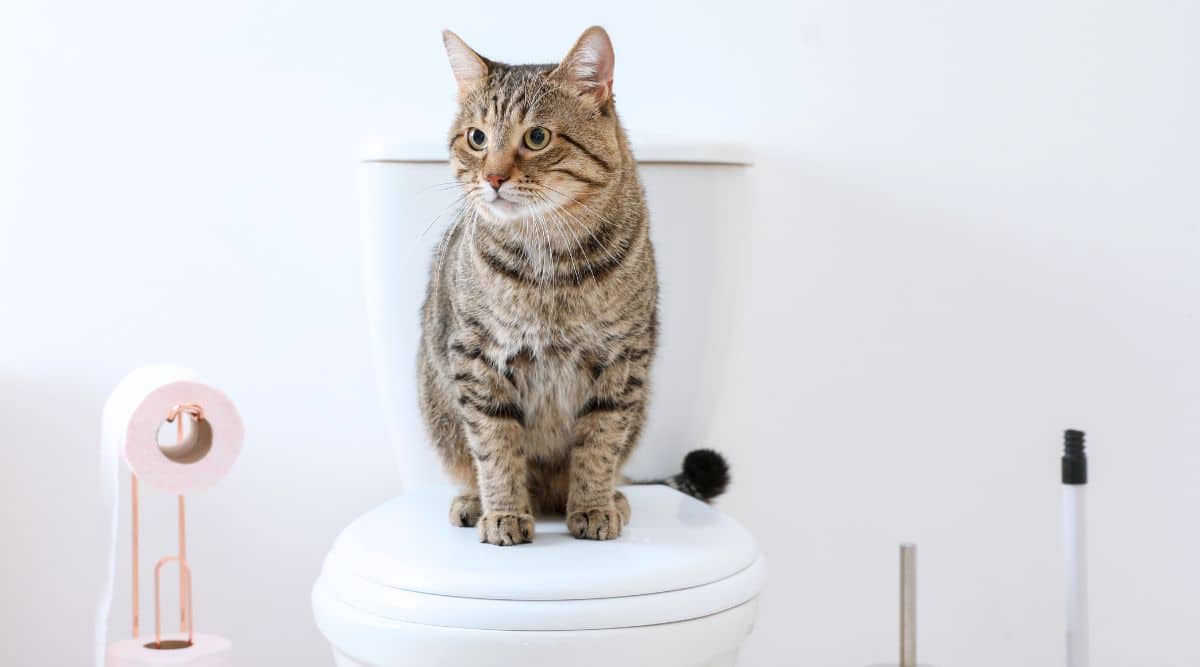Prevent Clogs and Damage: Don't Flush Cat Poop Down Your Toilet - Professional Insights
Prevent Clogs and Damage: Don't Flush Cat Poop Down Your Toilet - Professional Insights
Blog Article
What are your beliefs on How to Dispose of Cat Poop and Litter Without Plastic Bags?

Introduction
As cat proprietors, it's necessary to bear in mind exactly how we deal with our feline close friends' waste. While it might seem hassle-free to flush cat poop down the bathroom, this practice can have destructive repercussions for both the setting and human health and wellness.
Alternatives to Flushing
Fortunately, there are much safer and more liable ways to take care of feline poop. Take into consideration the complying with alternatives:
1. Scoop and Dispose in Trash
The most usual technique of taking care of feline poop is to scoop it right into a naturally degradable bag and toss it in the trash. Make sure to use a specialized litter scoop and take care of the waste quickly.
2. Usage Biodegradable Litter
Opt for naturally degradable pet cat litter made from products such as corn or wheat. These clutters are environmentally friendly and can be securely gotten rid of in the garbage.
3. Bury in the Yard
If you have a lawn, take into consideration burying cat waste in an assigned location away from vegetable yards and water resources. Make sure to dig deep adequate to prevent contamination of groundwater.
4. Install a Pet Waste Disposal System
Purchase a pet dog waste disposal system particularly created for pet cat waste. These systems use enzymes to break down the waste, minimizing smell and ecological effect.
Health and wellness Risks
Along with ecological concerns, flushing feline waste can additionally posture health risks to people. Feline feces might include Toxoplasma gondii, a parasite that can trigger toxoplasmosis-- a possibly extreme ailment, particularly for pregnant women and individuals with weakened immune systems.
Environmental Impact
Flushing feline poop presents dangerous virus and bloodsuckers right into the water supply, posing a significant risk to aquatic communities. These pollutants can negatively impact aquatic life and compromise water high quality.
Conclusion
Responsible pet ownership expands past giving food and sanctuary-- it likewise includes proper waste monitoring. By avoiding flushing pet cat poop down the commode and selecting different disposal approaches, we can reduce our environmental impact and safeguard human wellness.
Why Can’t I Flush Cat Poop?
It Spreads a Parasite
Cats are frequently infected with a parasite called toxoplasma gondii. The parasite causes an infection called toxoplasmosis. It is usually harmless to cats. The parasite only uses cat poop as a host for its eggs. Otherwise, the cat’s immune system usually keeps the infection at low enough levels to maintain its own health. But it does not stop the develop of eggs. These eggs are tiny and surprisingly tough. They may survive for a year before they begin to grow. But that’s the problem.
Our wastewater system is not designed to deal with toxoplasmosis eggs. Instead, most eggs will flush from your toilet into sewers and wastewater management plants. After the sewage is treated for many other harmful things in it, it is typically released into local rivers, lakes, or oceans. Here, the toxoplasmosis eggs can find new hosts, including starfish, crabs, otters, and many other wildlife. For many, this is a significant risk to their health. Toxoplasmosis can also end up infecting water sources that are important for agriculture, which means our deer, pigs, and sheep can get infected too.
Is There Risk to Humans?
There can be a risk to human life from flushing cat poop down the toilet. If you do so, the parasites from your cat’s poop can end up in shellfish, game animals, or livestock. If this meat is then served raw or undercooked, the people who eat it can get sick.
In fact, according to the CDC, 40 million people in the United States are infected with toxoplasma gondii. They get it from exposure to infected seafood, or from some kind of cat poop contamination, like drinking from a stream that is contaminated or touching anything that has come into contact with cat poop. That includes just cleaning a cat litter box.
Most people who get infected with these parasites will not develop any symptoms. However, for pregnant women or for those with compromised immune systems, the parasite can cause severe health problems.
How to Handle Cat Poop
The best way to handle cat poop is actually to clean the box more often. The eggs that the parasite sheds will not become active until one to five days after the cat poops. That means that if you clean daily, you’re much less likely to come into direct contact with infectious eggs.
That said, always dispose of cat poop in the garbage and not down the toilet. Wash your hands before and after you clean the litter box, and bring the bag of poop right outside to your garbage bins.
https://trenchlesssolutionsusa.com/why-cant-i-flush-cat-poop/

I found that page on Can You Flush Cat Poo or Litter Down the Toilet? while doing a search on the internet. Those who enjoyed our blog posting plz be sure to share it. Kudos for your time. Don't forget to check up our site back soon.
Article Report this page